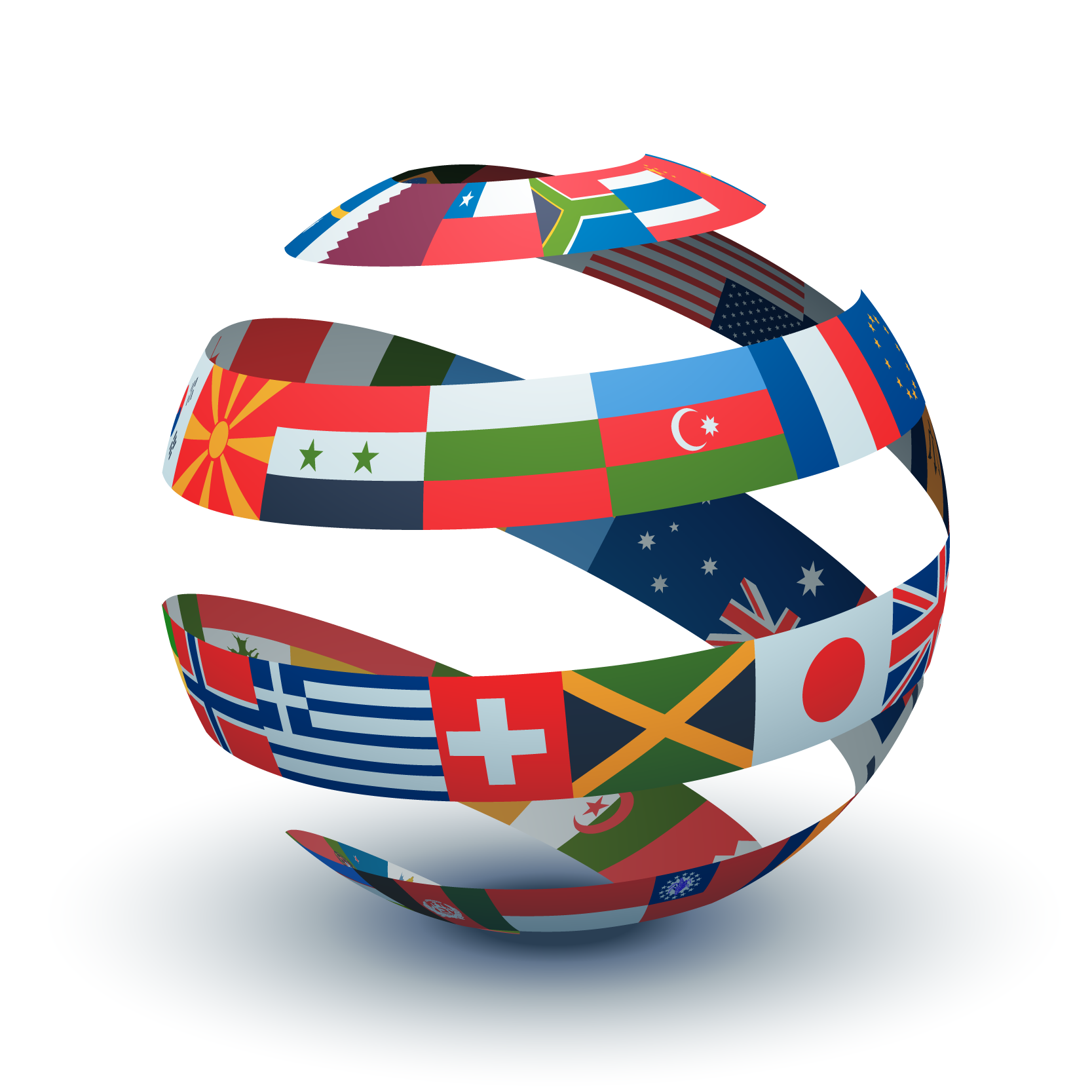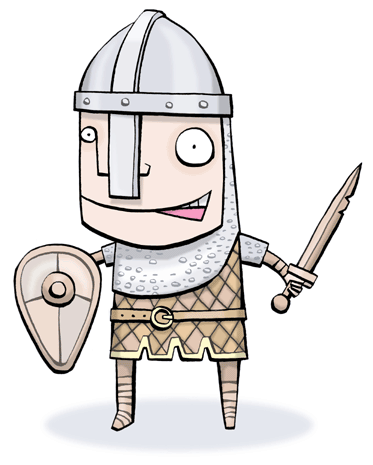The Art Of Translation
 The Art Of Translation
The Art Of Translation
We often read literature-poetry,fiction,drama; not to mention the Bible, the world's leading best-seller that has been translated from a foreign language into English.We tend not to think twice that this literature was not originally written in English,especially if the translation flows well. But languages don't match up so easily,and translation is not a simple question of substituting one word in one language for its equivalent in another. Rather, a translation is a result of cultural and biographical research, literary interpretation,imagination,and the effort to find the right words.
A language tells a story
The very structure and vocabulary of a language tells a story about its speakers-where they came from and where they went,who they met along the way,and who they then became. For example English is a hybrid language containing Germanic and Latin roots. The vocabulary and structure of English reflects a series of migrations and invasions by Celts,Romans,Anglo-Saxons and Normans over the course of centuries.These groups of people fought,intermingled,intermarried,shared words and created a new culture.
 A Language Is A Worldview
A Language Is A Worldview
Each culture's day-to-day experience creates distinct ways of looking at everyday objects.Think of the Eskimos who have over 100 words for "snow",or the Americans and the British who have countless words for "automobile". Despite these differences the human experience is much the same. Joy is universal,as is longing or sorrow. And the concrete things that surround us-rain,trees-are the same in many ways even if their names are different.The similarities in human experience allow us to translate from one language into another. Translation requires the skills of a writer who can make the work "sing" in the new language.




